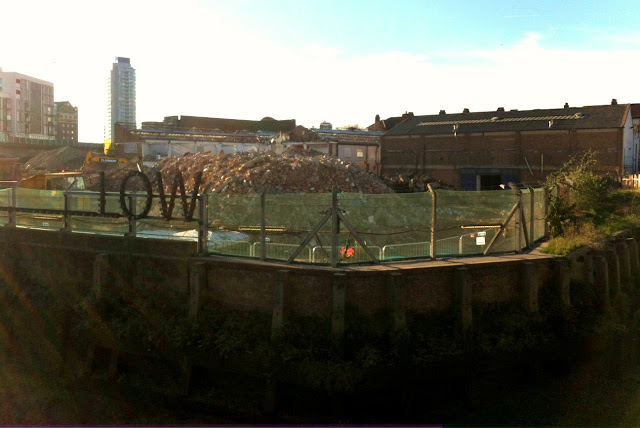Interesting article in the Guardian this week on the difficulty children have getting help from NHS Child and Adolescent Mental Health Services. The focus is on Childeric Primary School in SE14:
'In every classroom in Childeric primary school in New Cross, south-east London, there is a world map stuck to the wall. Ranged around the continents are pictures of every child in the class, with a coloured string leading to their country of origin.
Some have recently arrived in the country, others are new to the area, and during the course of a year a significant number will leave and more will arrive. Many live in temporary accommodation, sometimes entire families in a single room in a hostel, and there is a high rate of mobility at the school. The atmosphere is calm, happy and orderly, but there’s an undertow of profound need – not obvious during a brief visit – that affects a significant number of the children and their ability to learn. Their distress plays out in class, lessons are disrupted and learning stops. Ideally Childeric would be able to refer the most distressed pupils to child and adolescent mental health services (Camhs).
“We work very well with Lewisham Camhs,” says Ann Butcher, the headteacher at Childeric. “The challenge for us is there’s a very high threshold for children and families to access these services. If we are concerned about a child’s mental health we would make a referral straight to Camhs but we very often are told ‘this does not reach the threshold’. We know there are some mental health issues, and we are not always equipped to deal with it.
“At the moment we have two children attending Camhs. But there’s probably three or four children in each class [making about 60 in the school] who I think need some kind of support because of their mental health issues.”
It is a familiar story as overstretched NHS mental health services for children struggle to meet demand in the face of well-documented cutbacks that have seen thresholds for being seen by Camhs go up, waiting lists lengthen, and children turned away' (Sally Weale, Schools trying to help children shut out by mental health services, Guardian, 27 January 2016)
Mental Health Resistance Network
Children who don't get help with emerging mental health issues can grown up to have life long difficulties. At the adult service end, the Mental Health Resistance Network is a survivors group fighting against cuts in benefits and services. They are holding an event tonight in Queens Road:
'As part of a rolling programme of MHRN events every last Friday of the month at the Field, a homely independent community space between Peckham and New Cross, we present the screening of the film "SELL OFF" and a talk by campaigning doctor BOB GILL followed by discussion. Refreshments and convivial company provided!'
Dr Gill, a GP based in Welling, was active in the Save Lewisham Hospital campaign and has stood an election candidate for the NHS Action Party.
6 pm - 10 pm, The Field, 385 Queens Road, New Cross, SE14 (admission free)














































